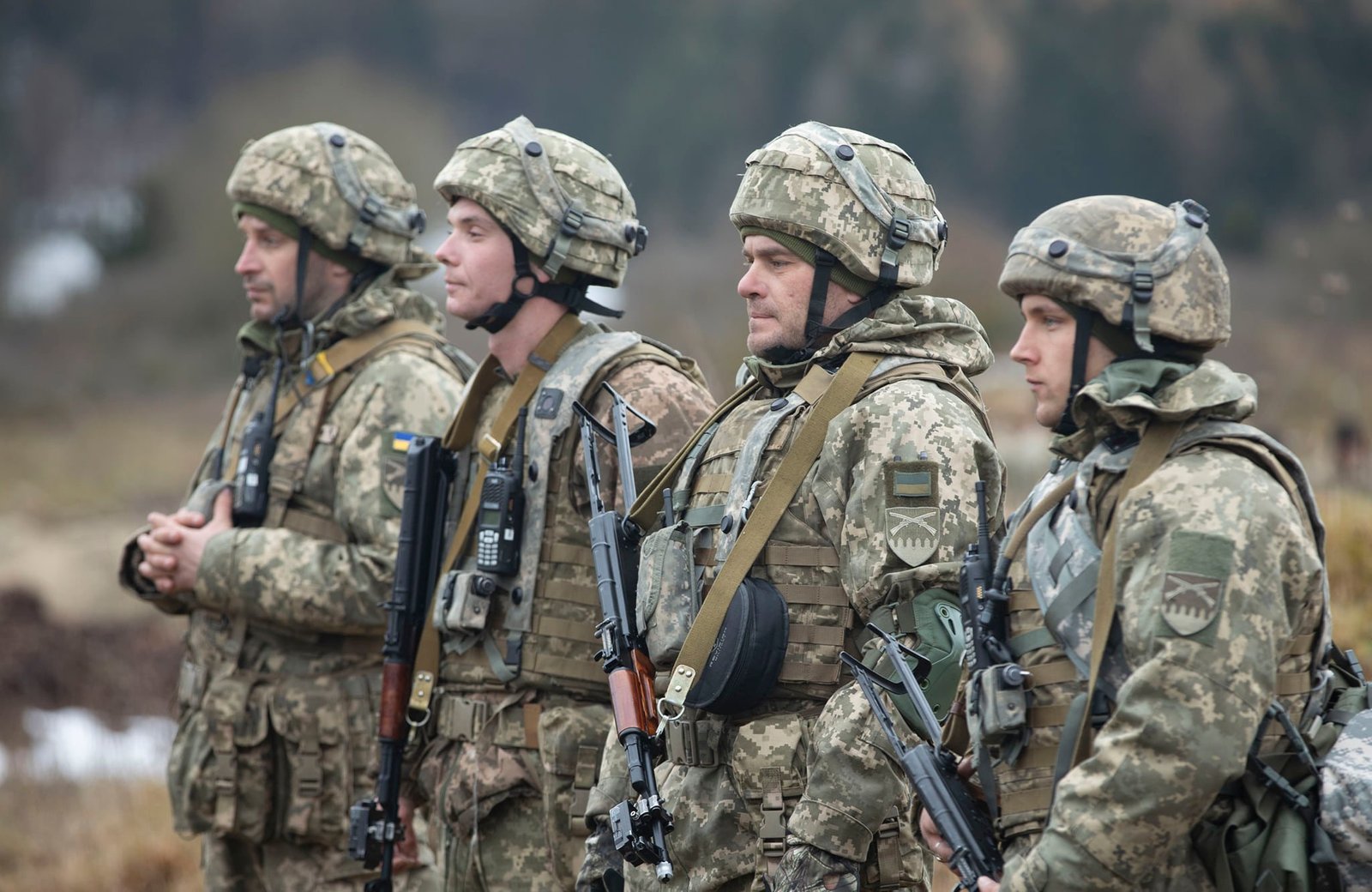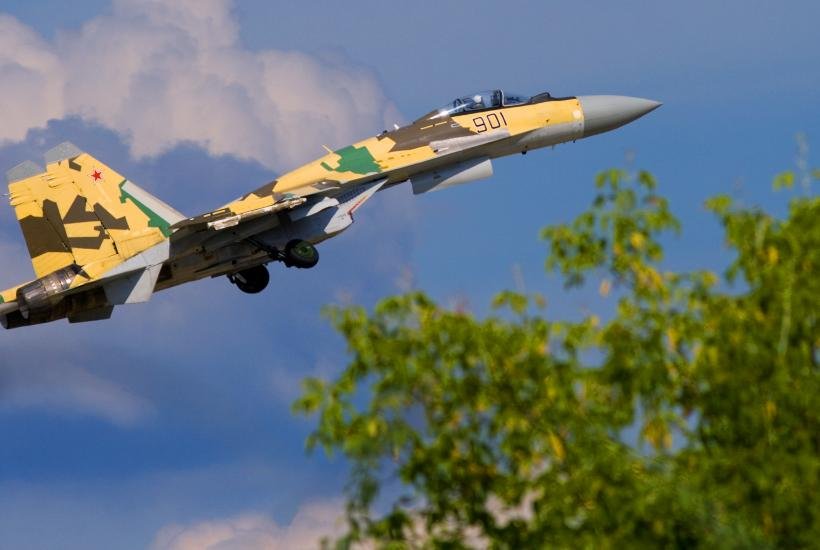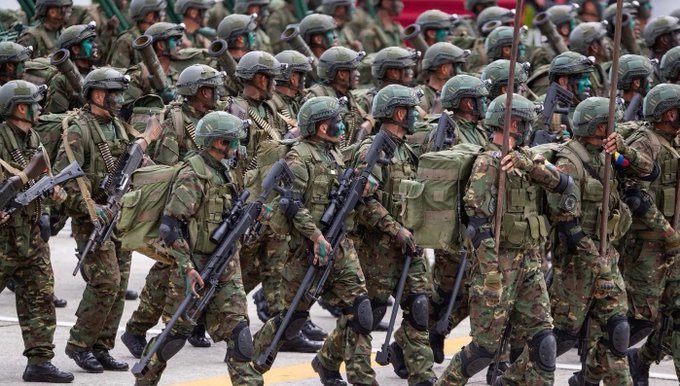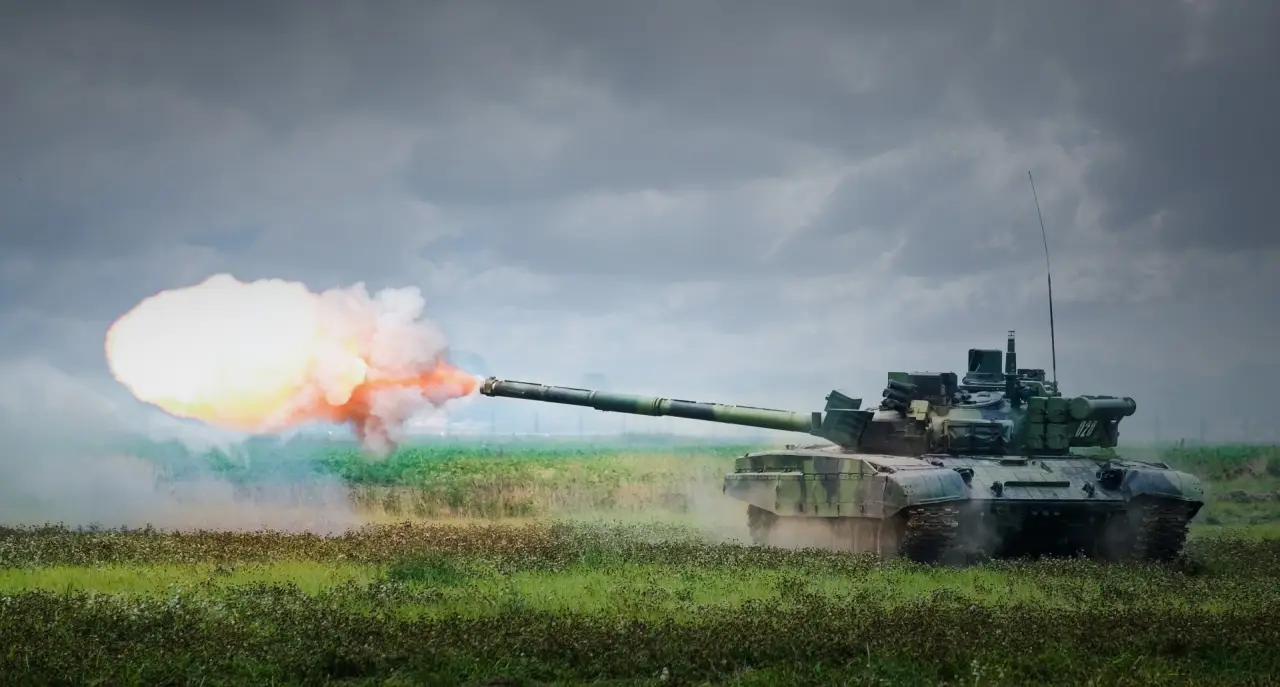
New British tank risks the same fate as Ukraine’s Leopard 2: it will be obsolete from the moment it enters service
This is what former British Army officer and military analyst Lieutenant Colonel Stuart Crawford says about the Challenger 3 tank in an article for Military Watch Magazine.
According to a recent assessment, the Challenger 3 main battle tank, being developed for the British Army, could face obsolescence before it even enters service. While doubts about the tank program have long been controversial – particularly due to the extremely small order of just 148 vehicles – Crawford also pointed out serious shortcomings of the project itself.
The Challenger 3 is being developed as an improved version of the Challenger 2, which entered service in the 1990s, and according to the author “may represent the final version of an already outdated tank design philosophy”. He adds that “modern Western main battle tanks – the Leopard 2, the M1A2 Abrams and now the CR3 (i.e. the Challenger 3) – are increasingly seen as too big, heavy, expensive and vulnerable to be developed further in the traditional way.”
According to Crawford, the survivability of the new tank lineup is questionable, as only 60 active protection systems are being purchased, which are planned to be installed on all vehicles. He noted that this seems risky given the experience of Ukraine, where similar tanks have suffered from serious survivability problems.
As for mobility, the analyst noted: “The tank retains the 1,200-horsepower engine of its predecessor, the Challenger 2, which Ukrainian operators have criticized for being underpowered due to its weight. If the CR3 approaches 80 tons in full combat configuration, questions arise about its mobility and whether British recovery vehicles and bridge-laying armour can handle such a weight.”
“The traditional three-man turret crew is already obsolete, as self-loading and remotely controlled turrets are now widely available,” Crawford noted. According to him, future tanks “will likely follow the model of the Russian T-14 ‘Armata’, with the crew housed in an armoured pod inside the hull.
This approach reduces the vehicle’s silhouette and also reduces its weight.” China’s new Type 100 main battle tank, unveiled on September 3, is a prime example of this concept: it was designed with crew protection, lightness, and high maneuverability in mind, reflecting trends revealed in the Ukrainian conflict. The Type 100 is expected to shape the direction of future tank development, even more than the T-14.
Crawford highlighted the significant advantages that Soviet, Ukrainian, and Russian tanks had over Western designs. “There is a compelling argument for moving to more compact, lighter, and cheaper tanks weighing 45 to 50 tons,” he noted. “Such vehicles could have remotely controlled turrets, crews in protected hull spaces, balanced armor, and active defenses against drones.” This weight range includes all modern Soviet and Russian tanks, while Western vehicles typically weigh 70 to 80 tons.
Crawford’s arguments about the low survivability of Western tanks are supported by combat experience in Ukraine. American M1A1 Abrams tanks and German Leopard 2 tanks began to suffer heavy losses almost immediately after being deployed in combat. By early June 2025, the Ukrainian army had lost an estimated 87 percent of its US-supplied Abrams – 27 of the 31 vehicles had been destroyed or captured, and most Leopard 2s had been decommissioned by December 2023.
Crawford concluded by asking: “This presents a strategic dilemma: where should Britain go after the Challenger 3?
Some argue that with such a small number of vehicles, the UK should abandon the tank business altogether. Others believe that a more compact and affordable model could restore the army to its size.” He noted that the optimal solution could be to join the pan-European MARTE program: “British companies could contribute to the development of protective systems, optics, engines and wheel suspensions, thereby ensuring industrial participation and domestic production.”
According to Crawford, “The Challenger 3 can be an effective interim solution, but it embodies a design philosophy that is already close to obsolescence.” Outside Europe, a potential alternative could be cooperation with South Korea within the framework of the K3 program, since its predecessor, the K2, is considered the most modern tank currently compatible with NATO standards. Japan, the United States and other leading allies of London have not yet begun the development of new generations of main battle tanks.


Martin Scholz


















